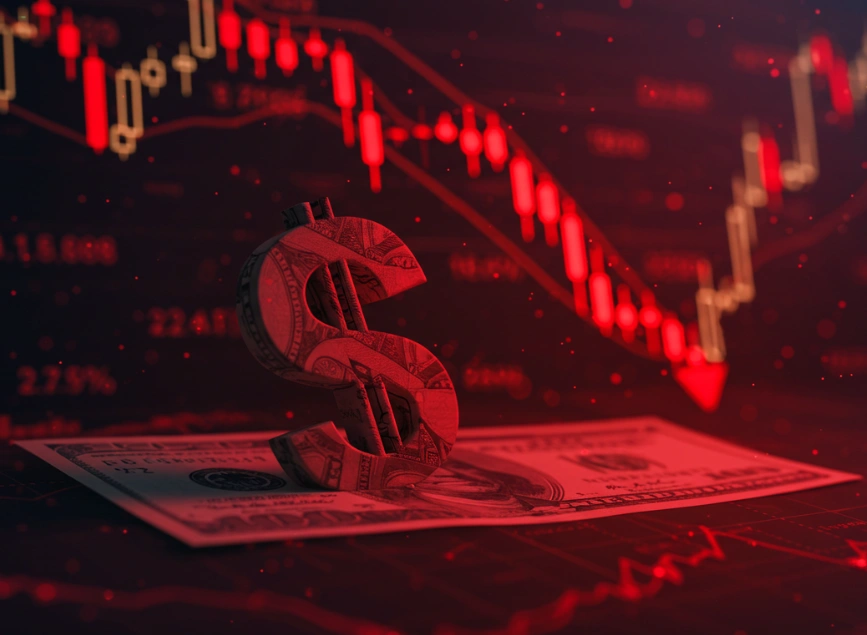
6 Big Fears Keeping Global Markets Up at Night
If there’s one dominant narrative circling financial markets right now when it comes to the possibility of a second Trump administration, it’s the growing anxiety around a weakening U.S. dollar. The policies may appear chaotic, but when you listen to investors and analysts, three major concerns echo across the board:
U.S. economic growth might disappoint, inflation could stay elevated, and productivity and overall economic dynamism may be declining.
Big Fears Keeping Global Markets Up
These aren’t just economic speed bumps—they’re classic signs of a system under strain. And more critically, they represent a dramatic reversal from the optimism that followed Trump’s first election win. Remember “Trump 1.0”? Back then, he talked tariffs, but his actual focus landed on fueling economic growth and boosting stock markets. This time, the tone—and the risk profile—feels very different.
Read More: What Is Trading and Who Is a Trader?
Tariffs: The Double-Edged Sword That Could Stoke Inflation
This is perhaps the most obvious concern, but it’s more complex than it seems. During the pandemic, we learned just how fragile global supply chains really are. Now, with new tariffs on the table, investors are worried about disruptions that could spark unexpected and persistent inflationary shocks—shocks that could easily spiral beyond original estimates. The worry? That trade barriers could damage more than they protect.
Sluggish Growth: Tax Cuts Promised, but Under a Cloud of Doubt
Trump’s economic playbook still includes tax cuts and deregulation—moves that earned him favor among conservatives during his first run. But this time around, those promises are being overshadowed by the noise around tariffs and trade wars. Plus, there may not be much “easy runway” left: many of the proposed tax cuts are simply extensions of existing ones.
Meanwhile, political uncertainty and the risk of high interest rates—if the Fed is forced to combat tariff-driven inflation—could seriously drag on growth. There’s a deeper fear emerging: that this administration believes it can rewrite fundamental economic rules. History hasn’t been kind to protectionist strategies, and markets aren’t betting this time will be any different.
Read More: U.S. Stock Market: A Comprehensive Guide
The Budget Deficit: A Ticking Time Bomb?
Even if you like parts of Trump’s economic agenda, the math gets scary fast. The U.S. is already running a budget deficit equivalent to 7% of GDP—despite low unemployment. Bond markets are growing jittery, and signs that Congress might approve more high-cost proposals have pushed yields higher.
The days of fiscal hawks holding any sway in Washington appear to be over, and markets are bracing for a possible 10% deficit. That could either suffocate long-term growth or trigger political upheaval. One way or another, a reckoning seems inevitable.
Global Order Breakdown: The Dollar’s Dominance in Question
The U.S. dollar isn’t just strong because of the American economy—it’s strong because the world trusts U.S.-led institutions: NATO, the WTO, the WHO, the UN, and a functioning legal system. But that trust is eroding rapidly. Rebuilding those structures won’t be easy. There are even whispers coming from Beijing highlighting America’s vulnerability in one specific area: intellectual property.
If a world emerges where IP rights are no longer respected, what’s the real value of American innovation and corporations? That’s the kind of uncertainty that could shake the dollar’s position at the center of global finance.
Read More: How to Trade US and European Stocks with Otet Brokerage
Immigration Policy: Playing with Fire in the Service Economy
Trump’s hardline stance on illegal immigration is back in focus—but markets are struggling to separate rhetoric from reality. What is clear, however, is the economic role that undocumented workers play in industries like agriculture and hospitality. Removing these workers or restricting labor flows without a clear, lawful replacement could drive up costs and fuel service-sector inflation.
A vague proposal allowing some to leave and re-enter legally only adds to the confusion, and investors fear the administration might act more on instinct than planning.
The Fed’s Independence: The Final Wall Under Siege?
This concern hasn’t grabbed headlines—but it should. A recent court ruling gave Trump the green light to dismiss senior officials at the Federal Trade Commission. If that precedent extends to the Federal Reserve, even Fed Chair Jerome Powell could be at risk. A challenge at the Supreme Court is likely, but the potential consequences for currency markets are already clear: if the Fed loses its independence and becomes staffed with loyalists pushing for artificially low interest rates, the dollar could take a massive hit.
Markets aren’t just reacting to policies—they’re responding to a shift in how institutions, rules, and long-term norms may be challenged. Whether or not Trump’s second term materializes, the fears are real, the risks are layered, and the stakes—for the dollar and beyond—are higher than ever.
Share
Hot topics
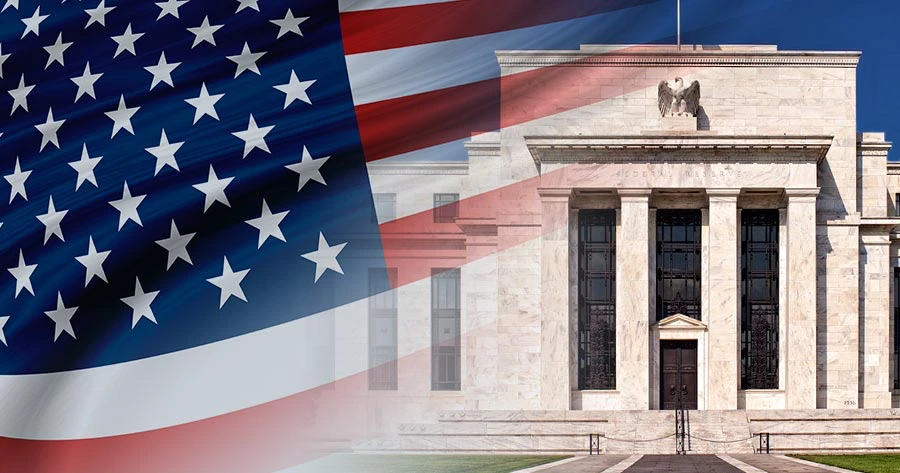
Federal Reserve’s Challenges to Trump’s New Policies
As the Federal Reserve Open Market Committee (FOMC) prepares for its upcoming meeting, all eyes are on how the Fed will respond to Donald Trump’s latest economic policies. With the...
Read more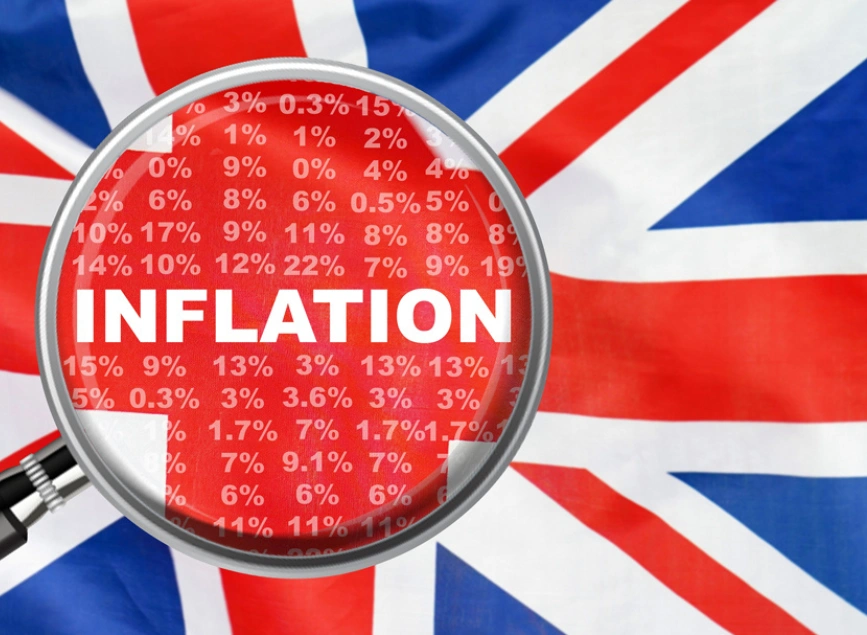
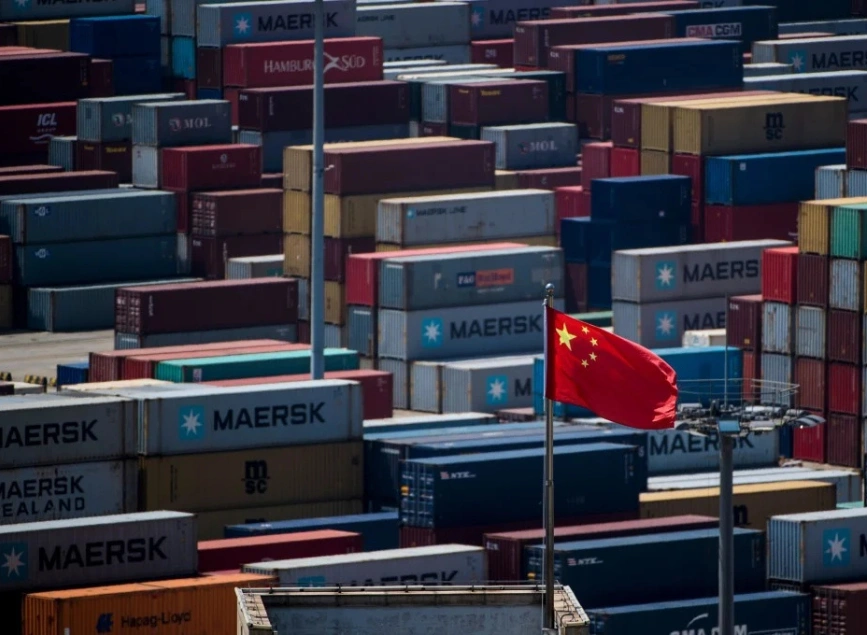

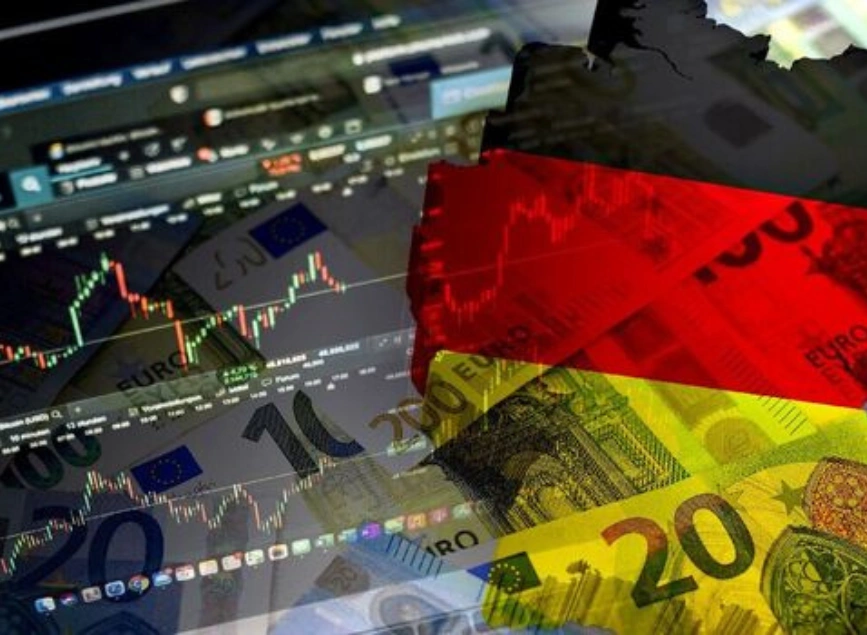
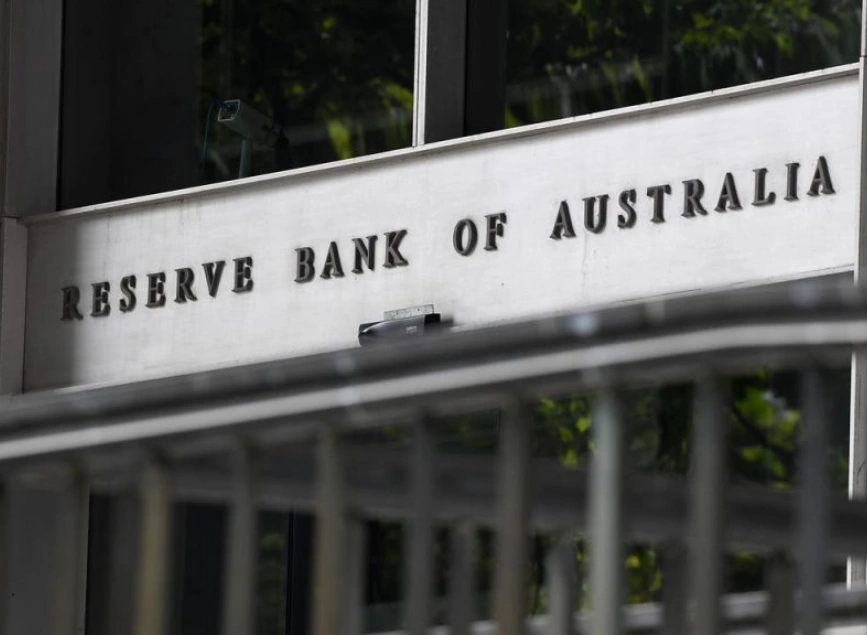
Submit comment
Your email address will not be published. Required fields are marked *